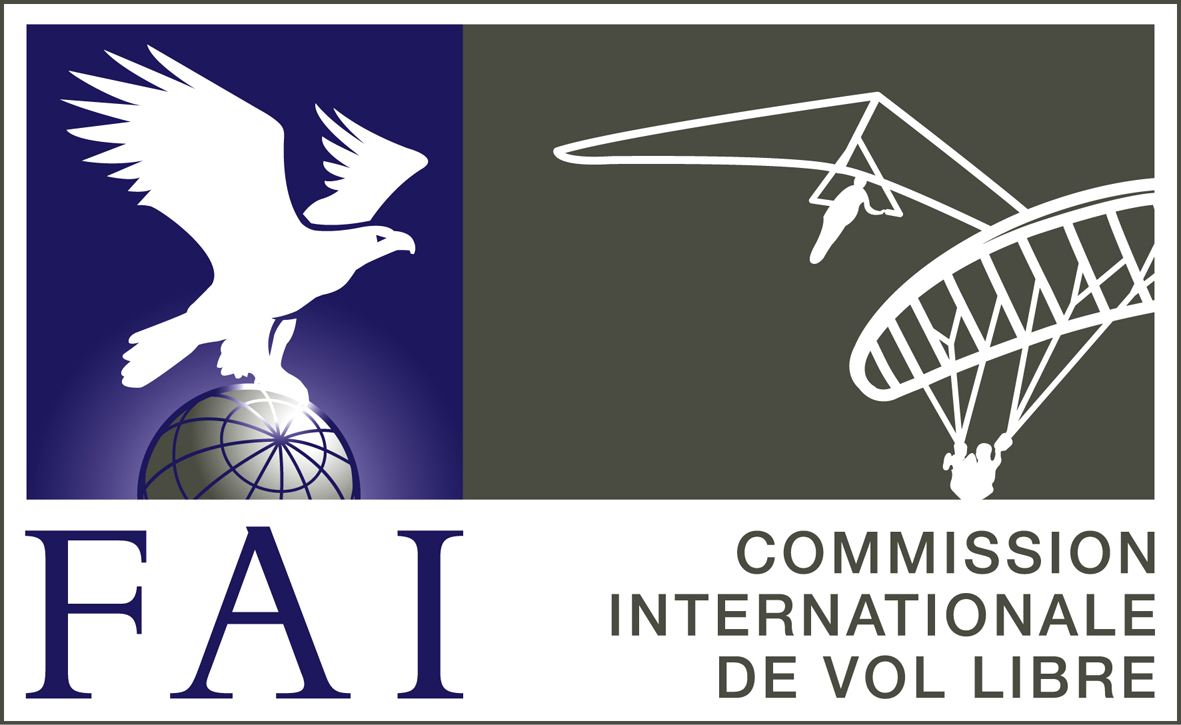
FAI Hang Gliding and Paragliding Commission (CIVL)
Incidents Types
This incidents types list is a synthesis of syntheses of several national overall practice incidents databases, running over several decades. Some sources have been lost, however the synthesis remains. Sorting the categories and especially the solution proposals are subjective (R. Caux). The list is of course open. Fly safe!
issues | proposals | ||||
| |||||
| |||||
| |||||
| |||||
| |||||
| |||||
| |||||
| |||||
| |||||
